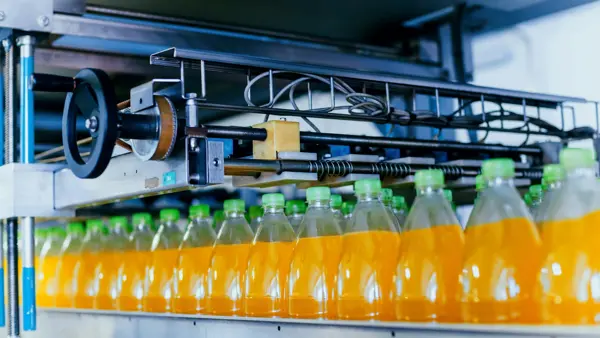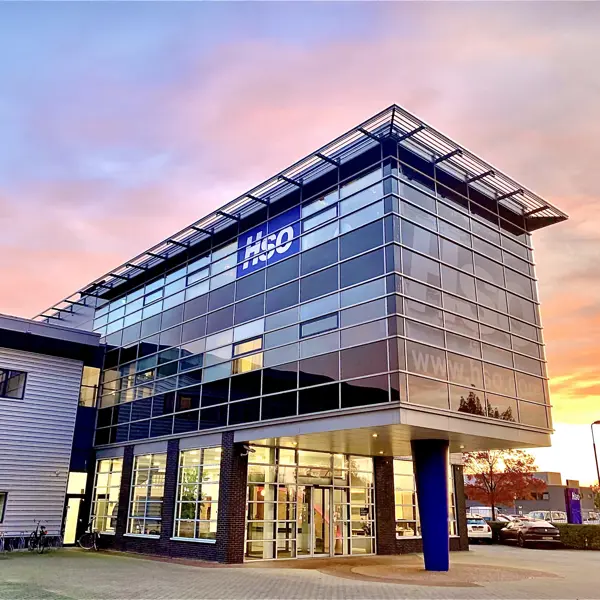Technologies Driving Transformation

Smart Manufacturing & Distribution: Getting Started
Smart manufacturing and distribution strategies are reshaping how businesses operate, making supply chains more agile, connected, and data-driven. A truly digital supply chain leverages technologies like connected manufacturing systems, IoT sensors, and cloud-based platforms to deliver real-time visibility and predictive insights. These innovations enable manufacturers and distributors to take the first steps in transforming their supply chains, improving responsiveness, reducing waste, and enhancing customer satisfaction.
According to the 2025 Industrial Agility Assessment, “only 45% of manufacturers and distributors currently describe themselves as highly or extremely agile, the lowest level in five years”. This decline reflects growing pressures from geopolitical volatility, rising costs, supply chain disruption, and skills shortages. Many leaders report experiencing “agility fatigue,” where repeated pivots and risk-averse cultures make it harder to respond at pace.
Yet, digital transformation continues to drive progress. The report highlights that automation (73%), planning and scheduling improvements (65%), and early AI adoption (64%) are driving practical efficiency gains across the sector. While large-scale transformation may be out of reach for some, especially SMEs, embedding resilient processes is helping businesses stabilise operations and build long-term agility.
Whether you're just beginning or scaling up, embracing a digital supply chain is no longer optional; it’s essential.
“The industrial sector is proceeding with caution, but with a clear focus on strengthening foundations and building resilience in an uncertain global environment.”
What makes a Supply Chain “Smart”?
A smart supply chain is defined by its ability to sense, respond, and adapt in real time. Smart supply chains are different from traditional models. They do not rely on static data or manual processes. Instead, they use digital supply chain technologies.
This creates a dynamic ecosystem which includes:
- Real-time visibility across operations
- Predictive analytics for demand forecasting
- Automated workflows that reduce human error
- Integrated systems that connect manufacturing, logistics, and distribution
The result is a supply chain that’s not only efficient but also resilient, able to withstand disruptions and pivot quickly when needed.
The 2025 Industrial Agility Assessment confirms that supply chain fragility remains a top concern, with 37% of respondents citing difficulty securing new orders, and 32% struggling to source raw materials due to geopolitical volatility. These challenges underscore the need for smarter, more adaptive systems.
- 1
Artificial Intelligence (AI)
AI is at the heart of smart supply chain innovation. From predictive analytics and demand forecasting to automated decision-making, AI enables manufacturers and distributors to optimise operations and respond to changes in real time. Tools like Microsoft AI Copilot bring generative AI into everyday workflows, helping teams analyse data, automate reporting, and improve supply chain visibility.
- 2
Internet of Things (IoT)
IoT devices provide real-time data from machines, vehicles, and inventory, enabling better tracking and performance monitoring. Microsoft’s IoT capabilities, integrated with Azure and Dynamics 365, help businesses reduce downtime and improve asset utilisation.
- 3
Automation
From robotic process automation (RPA) to intelligent scheduling, automation streamlines repetitive tasks and improves accuracy. Dynamics 365 enables automated workflows across procurement, inventory, and order management, reducing operational costs and improving service levels.
- 4
Cloud Computing
Microsoft Azure provides the backbone for scalable data storage, AI model deployment, and remote access to supply chain systems. It supports collaboration across departments and geographies, making it easier to manage global operations securely and efficiently.
- 5
Edge Capabilities (within Microsoft’s ecosystem)
Microsoft’s intelligent cloud and edge capabilities help manufacturers process data closer to where it is created. This can be on factory floors or in distribution centres. By doing this, they reduce delays and make real-time decisions when it matters most.
Strategic Considerations for Businesses Beginning Their Smart Journey
Starting your smart supply chain transformation doesn’t require a complete overhaul. Here are some strategic steps to consider:
- Assess Your Current Capabilities: Begin by evaluating your existing systems, data infrastructure, and workforce readiness. Identify gaps in visibility, automation, and integration.
- Set Clear Objectives: Define what “smart” means for your business. Is it faster delivery times? Better inventory control? Improved customer service? Align your goals with measurable KPIs.
- Start Small, Scale Fast: Pilot projects, like implementing IoT in one facility or automating a single process, can demonstrate value quickly. Use these wins to build momentum and secure stakeholder buy-in.
- Invest in Training and Change Management: Technology alone isn’t enough. Equip your teams with the skills and mindset needed to embrace digital transformation.
- Choose the Right Partners: Work with vendors and consultants, like HSO, who understand your industry and can support ERP integration, data-driven supply chain strategies, and long-term scalability. Microsoft’s ecosystem, including Dynamics 365, Azure AI, and Copilot Studio, offers scalable solutions tailored to industrial needs.
The AI Frontier: Promise and Pragmatism
Smart manufacturing and smart distribution are reshaping how businesses operate. The 2025 Industrial Agility Assessment reveals that 64% of manufacturers are prioritising AI, yet many are still navigating barriers such as data readiness (57%), skills gaps (56%), and legacy system integration (55%).
Some companies are already seeing tangible benefits. A food manufacturing leader shared:
“We’ve used AI in customer service to cut costs while maintaining quality, and in supply chain planning, simulations to test our ability to handle different scenarios.”
Others are using AI to streamline design cycles, reduce iteration time, and improve planning accuracy. However, smaller firms remain cautious, citing unclear use cases and limited resources. As one executive put it:
“The key is identifying the problem AI can solve, not starting with the tool and working backwards.”
Trust and skills remain critical. AI is being used to augment, not replace, human decision-making. The consensus is clear: AI will be a permanent part of the industrial toolkit, but adoption must be thoughtful and strategic.
Conclusion
Smart manufacturing and distribution are no longer futuristic concepts, they’re today’s reality. By leveraging technologies like AI, IoT, automation, and cloud computing, and by integrating tools like Microsoft Copilot and Dynamics 365, manufacturers and distributors can unlock new levels of efficiency, agility, and customer satisfaction. The journey may start small, but the impact is transformative.
How HSO can help
Embarking on a smart manufacturing and a smart distribution journey is a strategic move, and having the right partner makes all the difference.
At HSO, we bring deep industry expertise and proven experience in implementing Microsoft Data & AI solutions and Dynamics 365 across complex supply chains.
Whether you're exploring AI-powered insights, integrating ERP systems, or scaling digital transformation across your operations, HSO is here to guide you every step of the way. Let us help you unlock the full potential of your supply chain and build a smarter, more resilient future.

Deep dive into HSO's content


